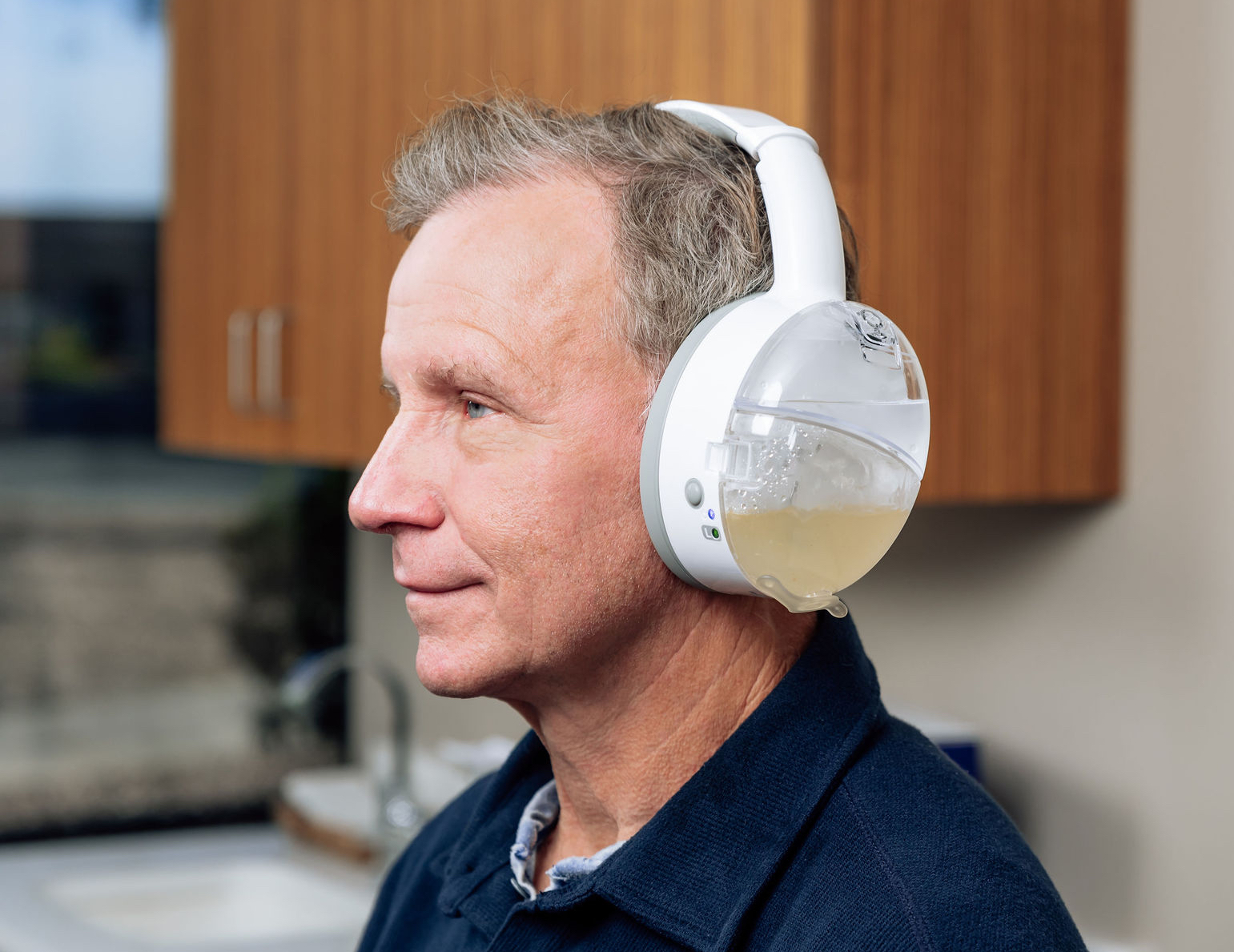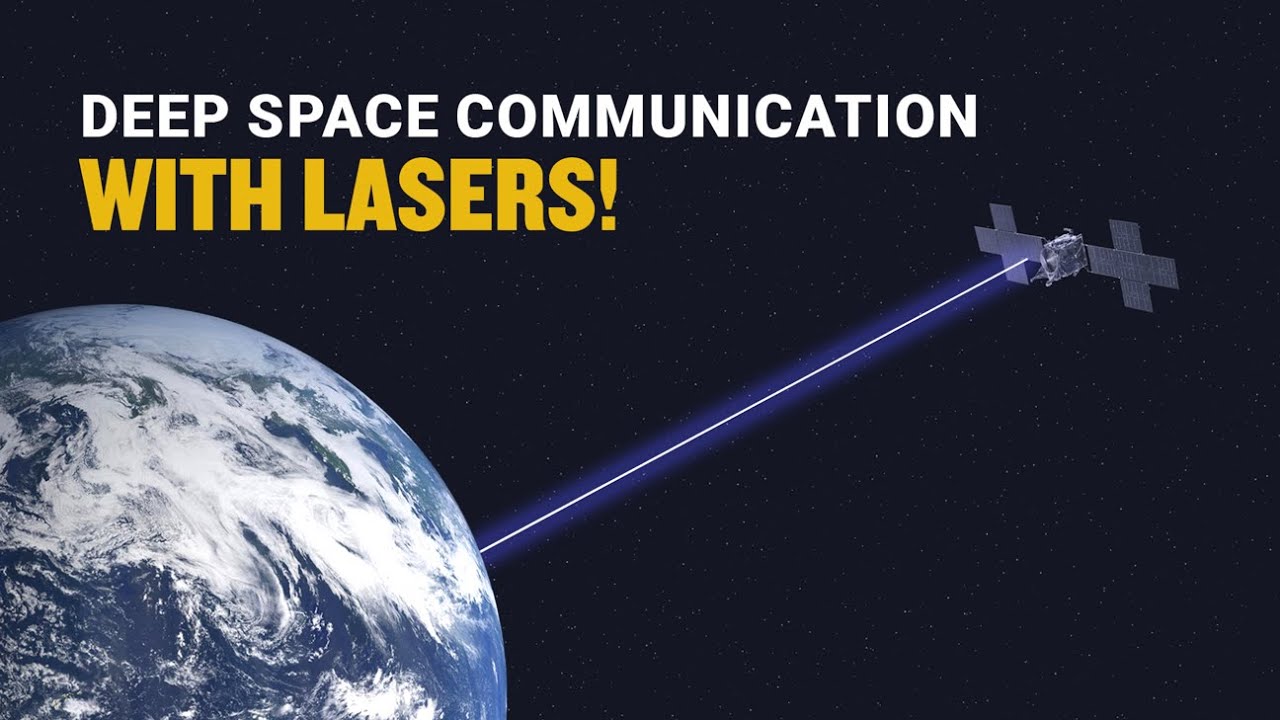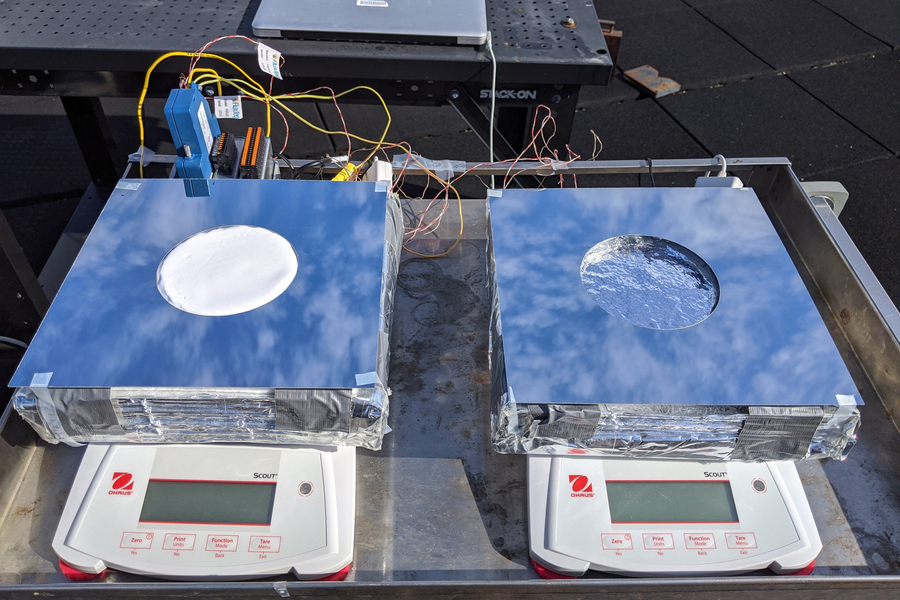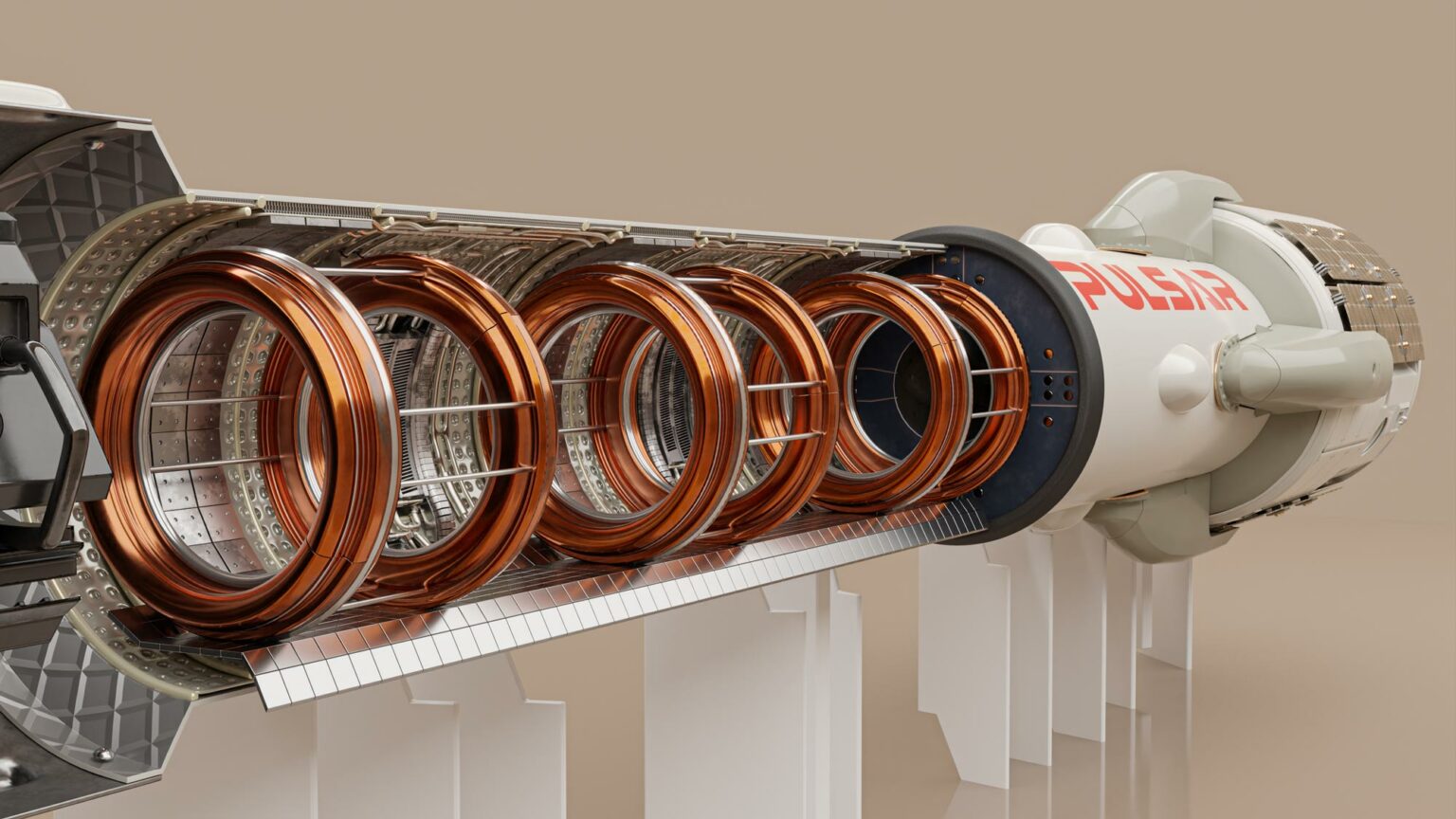The biomedical and industrial inspection sector as well as naval sonar applications depend on phased array transducers as their advanced ultrasonic device. Each phased-array transducer contains several small piezoelectric elements because conventional transducers operate with one fixed ultrasound emission vector. A dynamic variation of ultrasound beam properties such as steering and focusing emerges when healthcare professionals adjust signal timing to the individual components. The adaptive control of multi-element piezoelectric transducers produces better image resolution during diagnostic procedures and helps to detect material flaws and enables dynamic procedure adjustment.
This piece evaluates phased array transducers through their structure and operating mechanisms as well as their diverse applications which lead to improved precision and performance.
Basic Components Of a Phased Array Transducer
Multiple components in phased array transducers operate as a system to effectively produce and control ultrasonic waves. These components include:
a) Piezoelectric Elements
A phased array transducer contains several piezoelectric elements which are normally constructed from lead zirconate titanate (PZT) materials. The piezoelectric elements function as conversion points that transform electrical signals to ultrasonic waves together with their inverse operation. The system contains between a few dozens to numerous hundred elements based on specific requirements.
b) Electronic Beamforming System
Software within the beamforming system enables it to control both the power activation and timing sequence of the piezoelectric elements. A system which changes element phase delays lets the ultrasonic beam become electronically steerable while keeping the transducer stationary.
c) Pulser and Receiver
The electrical pulser activates the piezoelectric elements with high-frequency electrical pulses which creates ultrasonic waves. The receiver detects returning echoes that originate from object or tissue structure reflections as part of image creation.
d) Signal Processing Unit
Data processing through the signal processor enables the analysis of received signals followed by filter application which transforms the information into comprehensible images and measurement outputs. The processor in medical applications operates as a component of ultrasound machines to present instant visualizations of body structures.
e) Display and Imaging Software
When used with imaging applications phased array transducers function together with specialized visualization software. Industrial testing software produces detailed cross-sectional material images which help in detecting cracks or voids inside the materials.
How Does a Phased Array Transducer Work?
A phased array transducer performs its basic operations through electronic beam steering and focusing of ultrasonic waves. Proper time management of pulses transmitted to piezoelectric elements creates this functionality.
a) Beam Steering
Ultrasonic beams steer through the introduction of timed element activations known as phased delays. The beam steering capability depends on adjusting these timing delays to obtain directional control without moving the transducer device. The system can examine a wide scanning area because of its precise control features. In some configurations, such as the annular phased array transducer, the design enhances the beam’s focus and penetration depth, making it ideal for more challenging inspection tasks.
b) Beam Focusing
The phase delays controlled by the elements allow the beam to reach precise depths within substances and tissues. Sunlight releases from the ultrasound waves concentrate into specific examination areas for detailed inspection purposes while boosting image resolution.
c) Dynamic Scanning
Based on the required use of the phased array transducer it can operate in sector scan mode or linear scan mode or compound scan mode. Medical imaging equipment with phased array transducers can perform heart scans (echocardiography) through beam steering to produce instant images of heart chambers as well as valves.
d) Data Interpretation
The signals received by separate elements will be processed into either complete images or material flaw detection. The software used in NDT applications analyzes wave reflections to indicate the position of defects and discontinuities in examined materials.
Advantages Of Phased Array Technology
The features of phased array transducers surpass single-element transducers thus making them preferred equipment for various industrial applications.
a) Enhanced Imaging Resolution
Extremely high-quality images emerge from phased array transducers when operated as alternatives to typical ultrasound probes. Dynamic beam steering capabilities enhance resolution capabilities of the equipment which proves vital for medical diagnosis and industrial flaw assessment.
b) Flexibility and Versatility
The transducers provide versatility through their ability to adjust beam angles together with focal points for multiple application usage. The deployment of single integrated transducers replaces absolute requirements for various probes thus decreasing expenses and speeding up inspection processes.
c) Faster Scanning Speed
The ability of phased array transducers to electronically direct their beam allows them to perform area scans at a level beyond what traditional mechanical scanning allows. Scanning speed improvements through phased array transducers provide crucial benefits when urgent medical diagnoses are needed during emergencies as well as in fast industrial quality assessments.
d) Non-Destructive Testing Benefits
Phased array technology allows industrial inspectors to execute non-destructive testing (NDT) which enables them to find internal material defects while avoiding damage to tested objects. This testing technology finds its main applications within aerospace manufacturing operations alongside automotive industries and power generation facilities.
e) Improved Safety and Accuracy
An electronic beam direction adjustment system runs by a computer to minimize operator mistakes and produce exact measurements. The combination of advanced techniques produces enhanced medical results which also improves industrial structures’ reliability during inspection.
f) Compact and Portable Solutions
Fieldwork receives convenience from miniaturized and transportable designs implemented in many phased array transducers. The rising use of portable phased array ultrasound tools by medical professionals together with industrial operators enables comprehensive and fast diagnostic processes.
g) 3D and Real-Time Imaging Capabilities
The advanced capabilities of phased array produce 3D images and real-time visualizations that enable medical diagnosis in cardiac ultrasound (echocardiography) and tumor detection, together with composite material testing in aerospace industries.
Conclusion
Ultrasound imaging together with non-destructive testing has been revolutionized through phased array transducers due to their high-resolution capacity and quick scanning capabilities and minimal rigidness compared to standard ultrasound assessment protocols. Modern medical and military devices as well as artificial applications need real-time dynamic imaging capabilities thanks to their electronic focusing and beam steering abilities. Progress in technology will bring phased array transducers to become more effective and expansive tools that will improve diagnostics alongside safety and enhance proficiency across multiple fields.







